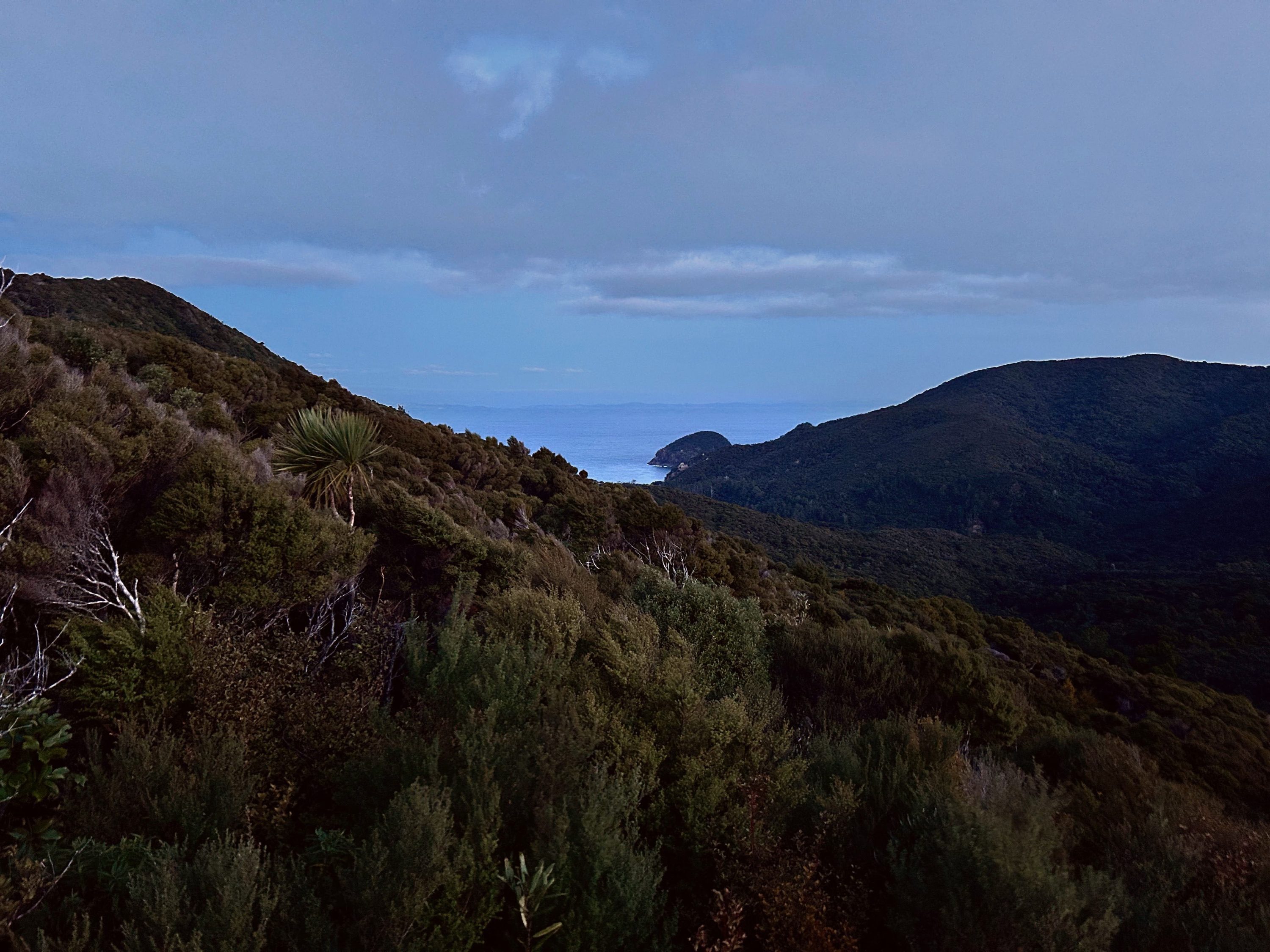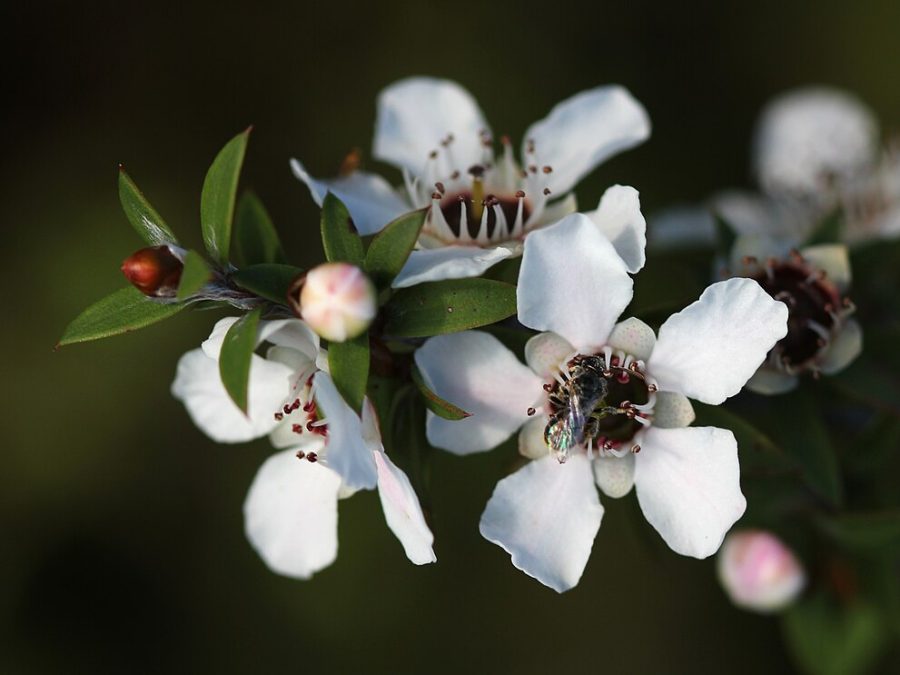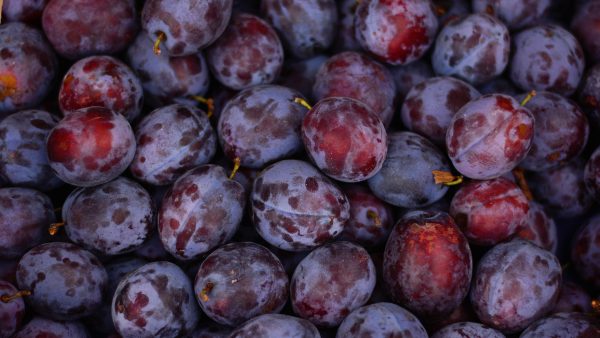Photo / CC / Avenue
Once commanding eye-watering prices—up to NZ$2,000–5,000 for a 250 g jar—Mānuka honey has not just been a culinary luxury; it’s been a branding powerhouse. But recent legal setbacks have dented that shine. The Intellectual Property Office of New Zealand recently ruled that “manuka honey” is descriptive, not trademark-worthy, because the plant grows naturally in both Aotearoa and Australia. Legal challenges in the UK and EU have likewise failed, opening the door for Australian producers to freely use the term. Even the iconic local brand Comvita has issued profit warnings amid market softness in key export markets like the U.S. and China
That makes this a good time to step back from the hype. What does the science actually say? Where does mānuka deliver, and where is it wishful thinking?
1. Wound and Burn Healing
This is mānuka’s strongest claim. Decades of trials show honey dressings can heal partial-thickness burns days faster than conventional bandages. Surgical wounds also respond better, with less infection. Hospitals around the world now stock mānuka-impregnated dressings. The effect comes from methylglyoxal, a compound present in unusually high levels in mānuka, which kills bacteria even strains resistant to standard antibiotics.
2. Skin Care
As a topical product, mānuka is an anti-inflammatory moisturiser that helps calm acne and eczema. This is where locals were ahead of the curve: Les Blackwell’s hand creams became legendary on the Barrier and across Aotearoa, prized for their simplicity and their effectiveness. That same tradition has gone global—Aotea Health supplies Air New Zealand with a mānuka-based skincare line now seen by millions of passengers each year.

3. Oral Health
There is evidence that honey rinses can reduce plaque and gum inflammation. Clinical studies with children show honey can be as effective as conventional rinses for mild cases. Research is ongoing, but this is one area where ingesting mānuka may genuinely help.
4. Mouth Ulcers and Radiation Sores
Several studies suggest honey reduces the severity of oral ulcers, particularly in cancer patients receiving radiation. Some trials with mānuka specifically have been mixed—patients struggled to tolerate the sticky texture—but the overall direction of the science is positive.
5. The Big Claims
This is where science and marketing part company. Mānuka has been touted as a cure for digestive problems, diabetes, and even cancer. One mouse study once showed high-grade mānuka suppressing tumour growth, and the headlines wrote themselves. But in humans, the evidence is not there. And it should not be forgotten: honey is sugar. Whatever its antibacterial punch, it is not a free pass for the rest of the body.
Here on the Barrier, innovation has never stopped. Les Blackwells’ gardening hand creams are the stuff of legend, likewise Aotea Health’s international products are literally taking the world by storm as part of Air New Zealand’s business-class amenity kits. Mānuka keeps finding new life. Even the new Barrier Buzz drink is an experiment in taking it from the jar to the café fridge. But for all the novelty, the truth is simple.
Mānuka honey is not magic. It is, however, an extraordinary topical treatment, a useful aid for oral health, and a uniquely New Zealand story. The market may rise and fall, the legal fights may drag on, but the plant that clings to the cliffs of Aotea is still giving the world something remarkable.







